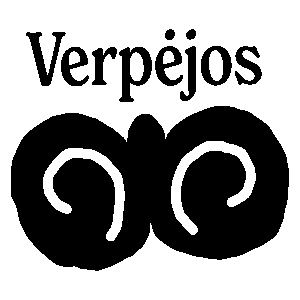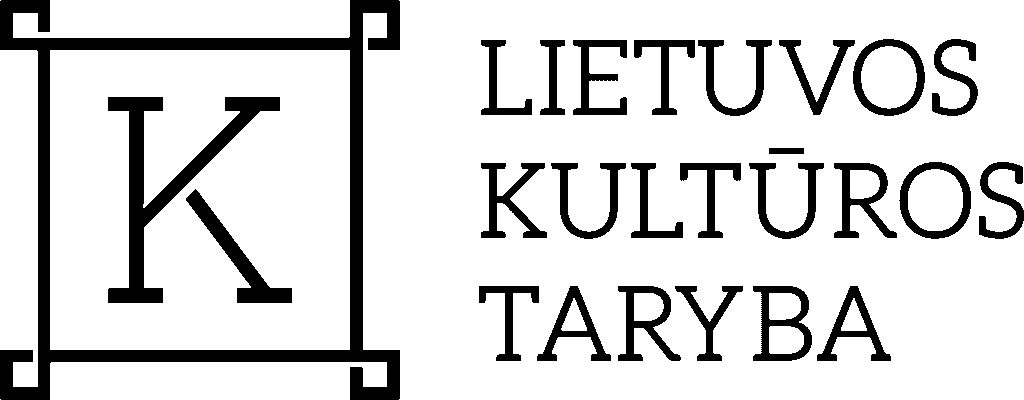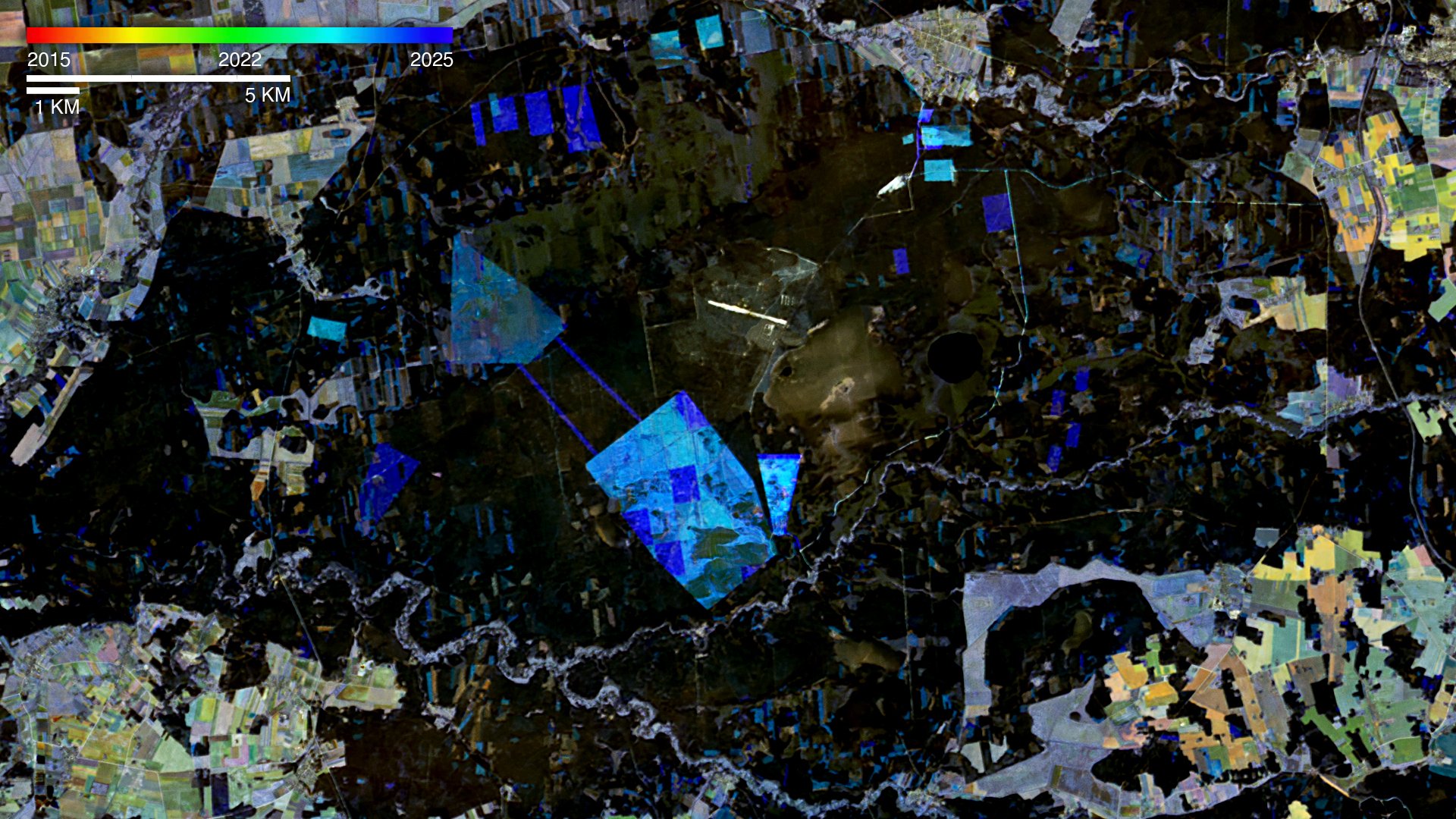Forest Atlas
Every way of seeing Lithuania’s green garment is shaped by its own optics – filtered through the observer’s interests and conditioned by an entire sequence of instruments and methodologies. ‘Forest Atlas’ is a process-based exhibition that invites visitors to enter the density of the forest at its centre – without beginning or end – into a constellation of prints assembled by aligning a diversity of forest images. The pictures, photographs, diagrams and maps presented in ‘Forest Atlas’ cartograph publicly available spatial data, revealing territorial changes, tracing the preparation and circulation of timber, and mapping the networks of production and technological innovation within the timber industry.
The notion of sustainability – now deeply embedded in cultural language to describe both products and the renewable resources used to produce them – arose historically from operations carried out in forest spaces. It is linked to the efficient cyclicality of felling and planting, and to the exploitation of forest territories designed to produce predictable, renewable timber stocks. Methods and tools developed to measure trees and compute their volume gradually reshaped our perception of forest habitats: to harvest timber more efficiently, forests were schematised, simplified, and reduced to numerical tables. Wetlands were drained, tree density thinned, creating the most favourable conditions for the strongest, straightest trees. In the process, the ability to see the forest as a long-formed, impenetrable, biodiversity-rich space was eroded. Today, this vision is being reconstructed – driven by ecological concern and a growing cultural shift that calls for the expanded protection of forest areas and the preservation of diverse ecosystems to support adaptation to climate heating.
The forest is a place of tension – shaped by competing interests, seen through culturally conditioned lenses. ‘Forest Atlas’ is dedicated to sensing forms of knowledge and imagination that link diverse disciplines, opening a fragmented overview of the relationships at work in forest futurity.
Exhibition dates
‘Forest Atlas’ opens on Saturday, 14 June, at the Marcinkonys Station Gallery.
At the same time, in another forest and another cultural institution – Nida Art Colony of Vilnius Academy of Arts – the ‘Neringa Wood Works’ begin, led by the resident carpenters’ collective gemeinsam bauen wir neu (together we make anew), the accompanying exhibition features work created by participants in the Neringa Forest Architecture project since 2020.
Credits:
‘Forest Atlas’ is a Neringa Forest Architecture project.
Research and visuals: Jurga Daubaraitė & Jonas Žukauskas
Cartography assistant: Augusta Fišerytė
Image: Rūdninkų forest, spectral analysis from the years 2015, 2022, and 2025, is an assembly of publicly available Landsat 8 remote sensing data (Band 6, designed to detect hard surfaces). Areas that opened up following forest clear-cutting are seen in blue. Jurga Daubaraitė, Jonas Žukauskas, 2025
Organized by: VšĮ “Verpėjos”
Financed by: Lithuanian Council for Culture and Varėna Municipality
Opening event: June 14, 3:00 PM
Exhibition dates: June 14 – July 13, 2025
Visiting hours: Saturdays and Sundays, 12:00–5:00 PM,
or by prior arrangement at +370 614 16255.
Address: Marcinkonys Station Gallery, Kastinio St. 1C
verpejos.lt



